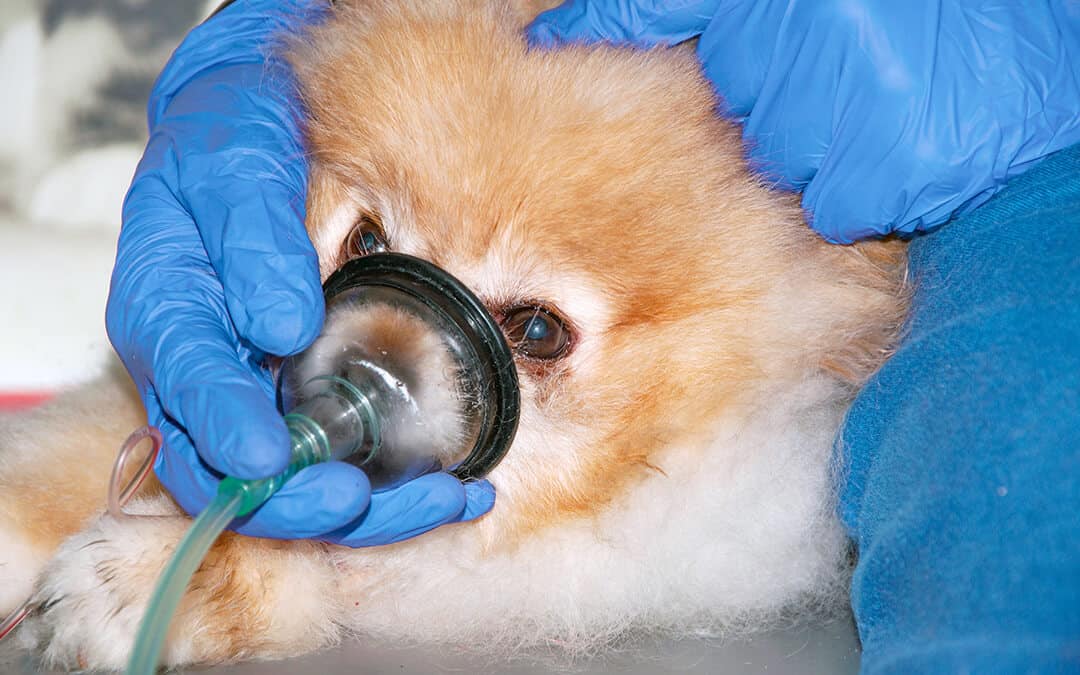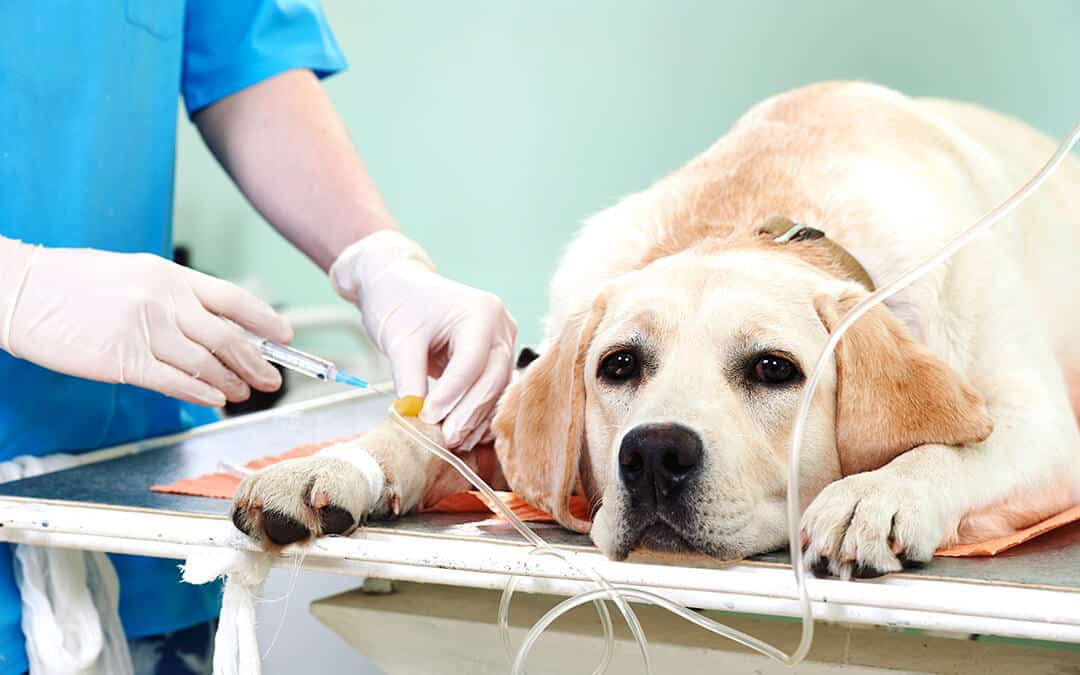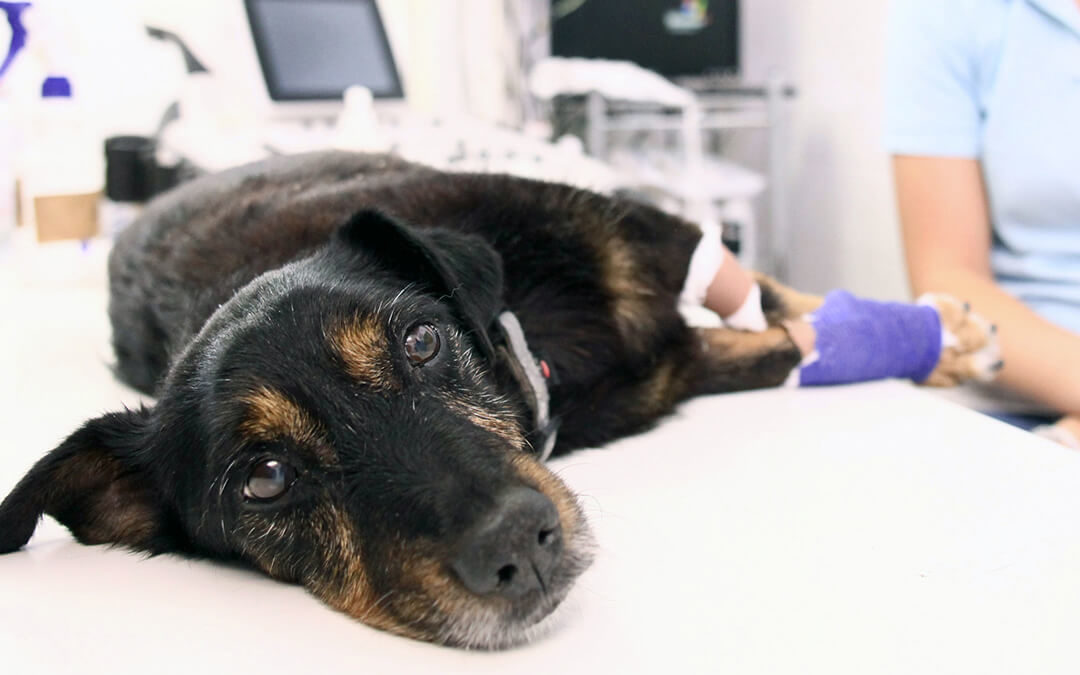Ask any pet owner, and the answer will probably be the same. Pets are part of the family. Their medical needs are approached the same way in which other family members’ needs are: with care and attention to detail.
In veterinary medicine, oxygen is essential. But anyone who has tried bathing a dog or trimming a cat’s nails may quickly wonder how oxygen can be given to animals. Not all cases are the same. Animal size varies, and the concentration of oxygen needed depends on the patient1. The way oxygen is administered is based on each individual case.
If you’ve ever been curious about the best ways to give oxygen to animals in the vet clinic, read on. Here are the six main ways in which oxygen is given to animals.

1. Flow by Oxygen
A non-invasive way of administering oxygen to patients is the use of flow by oxygen. An oxygen tube is held close to the face of the animal. This doesn’t require them to wear a mask. Flow by oxygen only moderately improves the level of air oxygen unless the flow is set high. Flow by oxygen works best in the moments before an animal receives an anesthetic. It is also a good temporary solution to get oxygen to an animal while other means of giving oxygen are being organized. Important to note: Some animals can become anxious because of the blowing oxygen.
2. Cannula
Similar to the nose prong cannula used for humans is the nasal cannula for animals. A nasal cannula is another good option for delivering oxygen to those precious pets. Cannulas are inexpensive, come in varying sizes, and don’t require sedation. With a bit of lidocaine, a cannula can be inserted and rapidly sutured in place. If higher levels of oxygen are needed, two lines can be run. A cannula is a good option for an animal that requires being moved, such as for X-rays or blood draws.

3. Face Masks
Similar to humans, the use of a face mask is an easy means of administering oxygen to an animal. A face mask allows for a higher concentration of oxygen than flow-by and is not invasive at all. What’s the drawback? Face masks require proper placement and can cause many animals anxiety. Face masks work especially well for a sedated animal undergoing a procedure.
4. Oxygen Collars
Some veterinary clinics opt to use oxygen collars. These are made by using tape to adhere to cellophane wrap to a hard e-collar. An oxygen tube is attached to the hood. The cellophane doesn’t completely cover the collar, leaving a space open for ventilation. Most animals tolerate this well; however, it can be challenging to get a tight seal. Another challenge is finding the right ventilation that allows for optimal oxygen rates without excess carbon dioxide or humidification.
5. Oxygen Cages
A popular option in veterinary medicine is the oxygen cage. These clear cages can be made of different materials: rigid acrylic glass or more flexible options like polyvinyl chloride. These cages have varying degrees of sophistication. Some are even climate-controlled and have systems to prevent rebreathing of carbon dioxide. For anxious animals, close handling by unknown people can increase their fear. The separation of an oxygen cage may provide an animal with space to calm down.
6. Intubation
In extreme cases of respiratory distress, intubation may be required. There are various ways in which animals can be intubated. Notably, if a pet is in distress because of upper airway obstruction, intubation allows the obstruction to be bypassed. It also allows for mechanical ventilation if necessary.
Whatever your animal’s situation, rest assured that your vet is well equipped to give the oxygen necessary to keep your pet comfortable.
Learn more about CalOx’s oxygen products for veterinarian hospitals, or contact us today.
